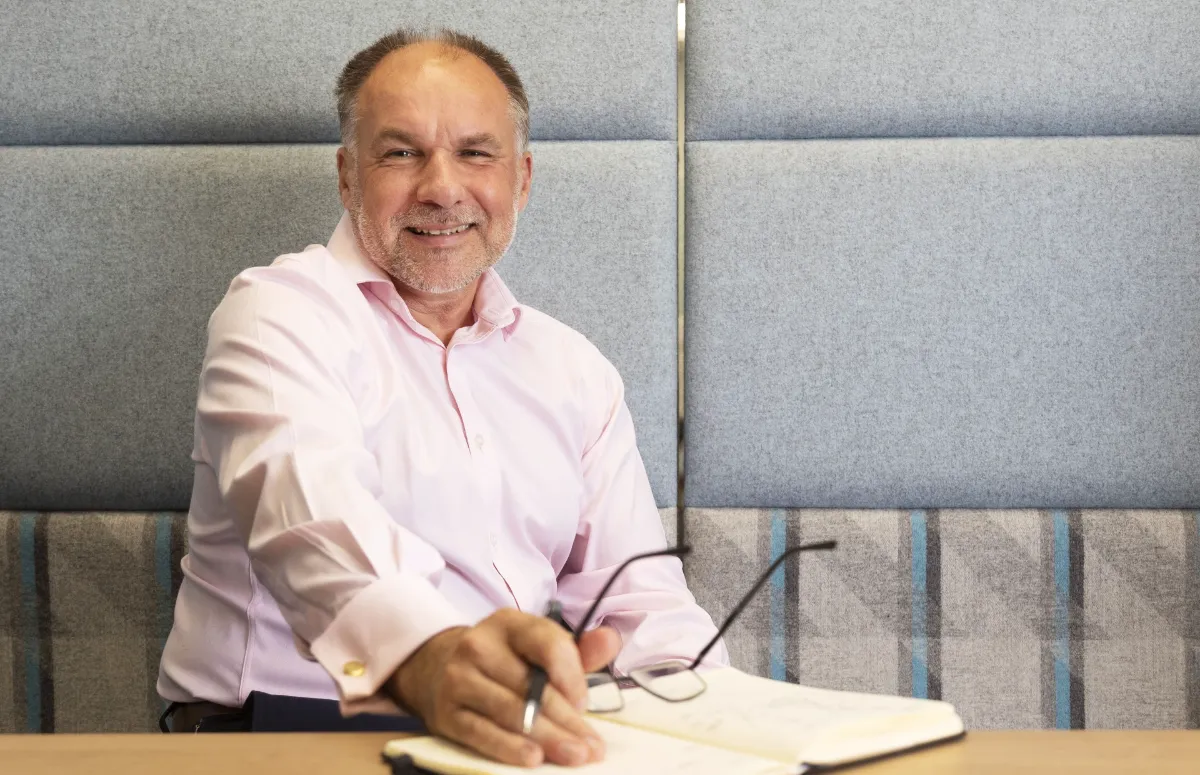The Significance of Flow in Coaching

Coaching is an art that involves guiding individuals to reach their full potential and achieve their goals. In the realm of sports, one concept that has revolutionised coaching methodologies is the notion of flow, championed by Tim Gallwey in his groundbreaking book, "The Inner Game of Tennis."
Tim also went on to write a number of other Inner Gam books, and the one to read as an HR Professional is The Inner Game of Work.
By understanding the dynamics of flow and harnessing its power, coaches and HR professionals can unlock the true potential of their coachees, enabling them to perform at their best.
As conceptualised by Gallwey, flow refers to a state of optimal performance where individuals effortlessly and seamlessly engage in their activities. It is that magical state where time seems to stand still, distractions fade away, and the coachee operates at peak performance. Achieving flow in coaching is not a coincidence; it requires a deliberate and strategic approach.
Central to Gallwey's theory is the concept of "Self 1" and "Self 2." Self 1 represents our conscious, analytical mind that overthinks, criticises, and interferes with our performance. It is the voice that questions our abilities, raises doubts, and creates distractions.
Self 1 is often filled with judgments, expectations, and fears if you like your inner critic. On the other hand, Self 2 symbolizes our unconscious mind, which possesses tremendous potential, creativity, and instinctive abilities. It is the part of us that flows effortlessly when given the chance.
Coaches must adopt specific strategies to reduce interference for the coachee and allow them to access their Self 2. One crucial approach is to cultivate a non-judgmental and supportive environment. By creating a safe space, coaches empower coachees to explore their abilities without the fear of criticism or failure. Encouraging an atmosphere of trust and openness allows the coachee to tap into their true potential and experience the flow state.
Additionally, coaches should emphasise the importance of mindfulness and present-moment awareness. The mind tends to wander, getting caught up in past experiences or future worries. By training coachees to focus on the present moment, coaches help them let go of unnecessary thoughts and distractions. Techniques such as deep breathing exercises, visualisation, and meditation can assist in quieting the conscious mind and facilitating the emergence of Self 2.
Furthermore, coaches can facilitate flow by setting clear and achievable goals. Ambiguity and uncertainty can breed anxiety and self-doubt, leading to interference from Self 1. By establishing specific and realistic objectives, coaches provide coachees with a clear direction and a sense of purpose. Breaking down larger goals into smaller, manageable tasks enables coachees to stay focused and fully engage in the present moment, enhancing the likelihood of flow.
In the context of coaching, flow can be a transformative experience for coachees. It enables them to tap into their innate abilities, overcome challenges, and perform at their highest level. By understanding the dynamics of Self 1 and Self 2 and implementing strategies to reduce interference, coaches can create an environment conducive to flow. When the conscious mind is quieted, and the unconscious mind is allowed to express itself freely, coachees can experience the joy, fulfilment, and optimal performance that flow offers.
Tim Gallwey's "The Inner Game of Tennis" continues to inspire and guide coaches in various fields. By integrating the principles of flow and understanding the dynamics of Self 1 and Self 2, coaches can unleash the hidden potential within their coachees. The journey towards flow is not without its challenges, but the rewards of helping individuals access their true capabilities make it a pursuit worth undertaking.
Trayton Vance
Trayton Vance is the Founder and Managing Director of Coaching Focus Group, one of the UK’s leading leadership coaching consultancies. With over two decades of experience, Trayton helps organisations build coaching cultures that unlock potential, drive engagement, and create lasting impact.
Coaching Focus Group
Specialists in leadership coaching, workplace coaching programmes, and building coaching cultures that stick.
[FREE WEBINAR]
Thu, Jan 22, 2026, 12:00 PM (GMT)
.jpg)
You might be interested in...



Employee Engagement Series











